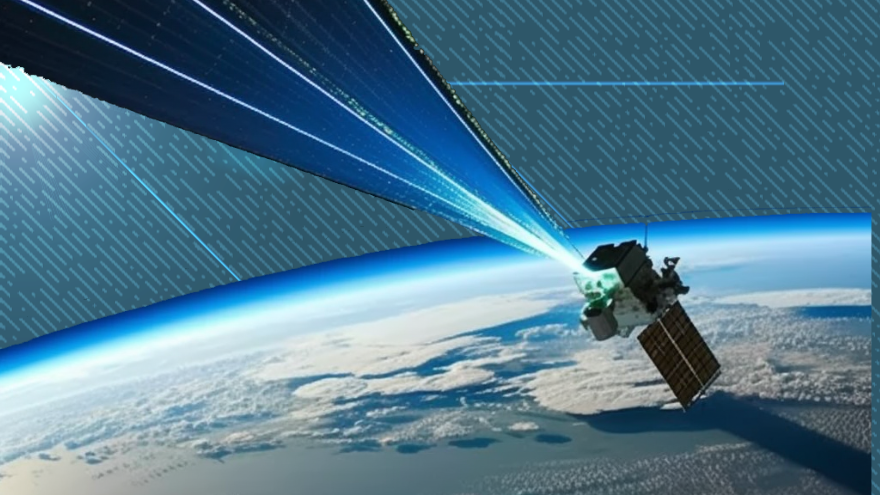The U.S. Naval Research Laboratory has launched a space-based laser to demonstrate wireless laser power beaming as part of a program to evaluate the technology’s viability in space and to address energy challenges on earth.
The Space Wireless Energy Laser Link (SWELL) was launched on March 15 aboard a SpaceX Dragon cargo vehicle to the International Space Station (ISS) for a yearlong mission.
“With this modest experiment, we will identify key focus areas for developing links of greater power and longer distance for space,” Paul Jaffe, Ph.D., Electronics Engineer and SWELL Principal Investigator, said in a press release from the military. “By employing laser transmitters and photovoltaic receivers, power beaming links will be established that will pave the way for rapid, resilient, and flexible energy delivery systems.”
Scientists within the U.S., China, Russia, and the United Kingdom have been racing to be the first to perfect and deploy space-based power applications, which are capable of harnessing energy from the sun and beaming it to space stations, satellites, or back to a nation’s power grid on earth.
Such technology could completely revolutionize the world by providing clean, cheap energy to any location on earth. Power beaming technology has already been proven on the ground, and now scientists are seeking to expand the demonstration to space.
“This is the next step in extending this capability for space, lunar, and planetary applications,” Chris DePuma, SWELL Program Manager, said in the press release. “Power beaming is poised as a critical enabler for power distribution on the moon and elsewhere in space.”
Christopher Rodenbeck, Ph.D., Head of the Advanced Concepts Group at the U.S. Naval Research Laboratory, said in a previous statement that power beaming is the ultimate green technology because, unlike other sources of clean energy, space-based power could be provided without disruption, 24 hours a day, regardless of weather conditions or if the sun is out.
“That is something no other form of clean energy can do today,” Rodenbeck said. “From the standpoint of technology readiness level, I feel we are very close to demonstrating a system we can truly deploy and use in a DOD application.”

